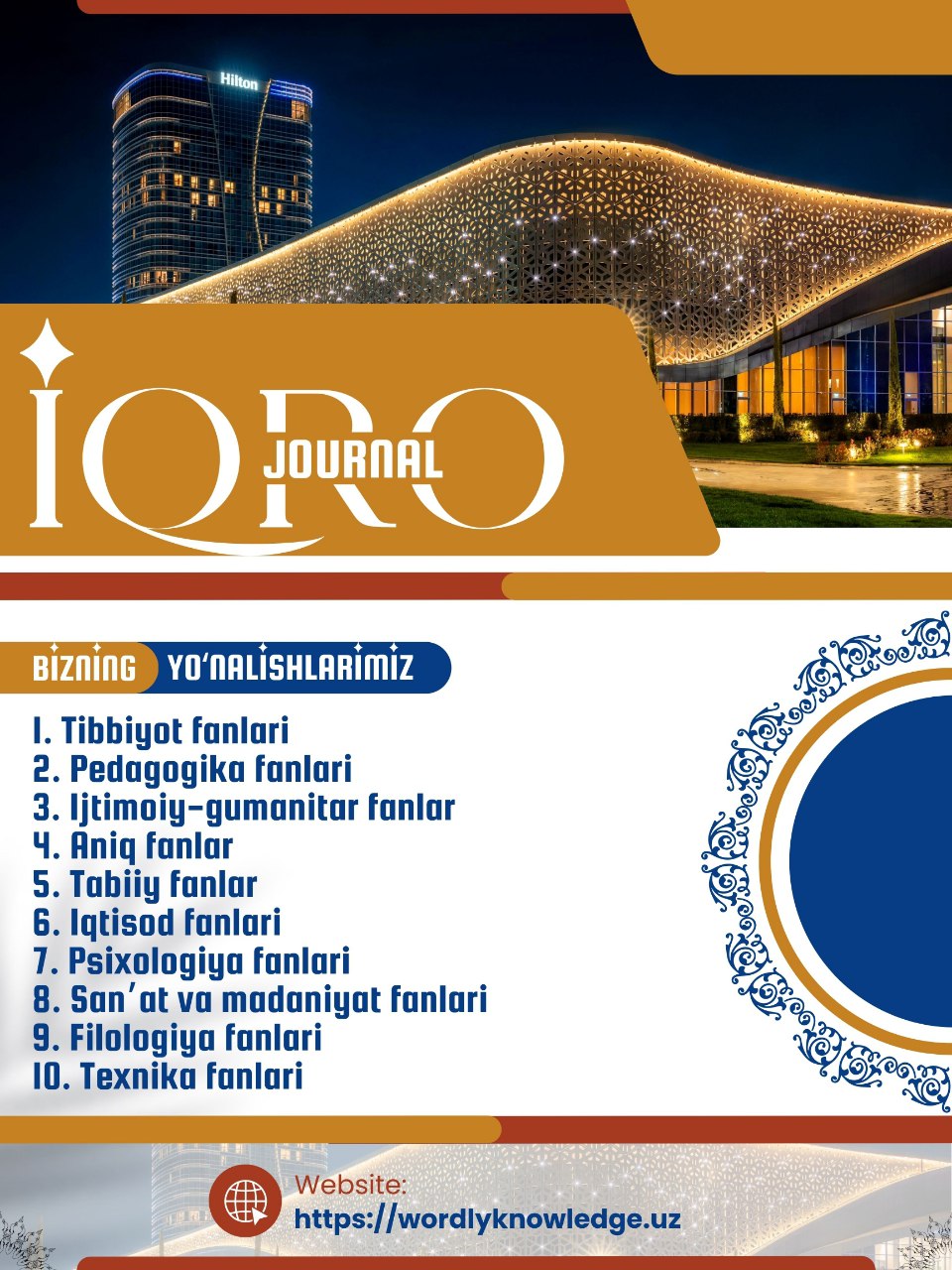SHADOWING AS A METHODOLOGY IN INTERPRETER TRAINING: TECHNIQUES AND COGNITIVE BENEFITS
Keywords:
Shadowing, Simultaneous Interpretation, Interpreter Training, Cognitive Psychology, Phonemic Shadowing, Phrase Shadowing, Listening and Speaking Simultaneously, Interpreter Methodology, Speech Perception.Abstract
This article explains that shadowing is an effective method for building skills essential for simultaneous interpretation. Defined as repeating a message word for word as it is heard through headphones, shadowing has roots in cognitive psychology, particularly in studies on selective attention. It is primarily used to train beginners in interpreting, helping them to listen and speak simultaneously in their native language (A language) before they progress to interpreting from a foreign language (B language) into their native tongue.
References
1.Carroll, J. B. (1977). Language and Cognition. Cambridge University Press.
2.Cherry, E. C. (1953). “Some Experiments on the Recognition of Speech, with One and with Two Ears.” Journal of the Acoustical Society of America, 25, 975-979.
3.Chernov, G. V. (1994). Message Redundancy and Simultaneous Interpretation. John Benjamins.
4.Gile, D. (1995). Basic Concepts and Models for Interpreter and Translator Training. John Benjamins.
5.Gile, D. (2009). Interpreter and Translator Trainer: A New Journal for a Young Discipline. Routledge.
6.Lambert, S. (1988). “Shadowing.” In Conference Interpreting: Practice and Training. University of Ottawa Press.
7.Lambert, S. (1989). Training Interpreters: Techniques and Practice. University of Ottawa Press.
8.Lambert, S., & Meyer, B. (1988). Theoretical and Practical Aspects of Interpreter Training. University of Ottawa Press.
9.Marslen-Wilson, W. D. (1973). “Speech Shadowing and Speech Comprehension.” Nature, 244, 522-523.
10.Marslen-Wilson, W. D. (1975). “Sentence Perception as an Interactive Process.” Science, 189.
11.Rosenberg, B., & Lambert, S. (1974). The Cognitive Process in Simultaneous Interpreting. University of Ottawa Press.














